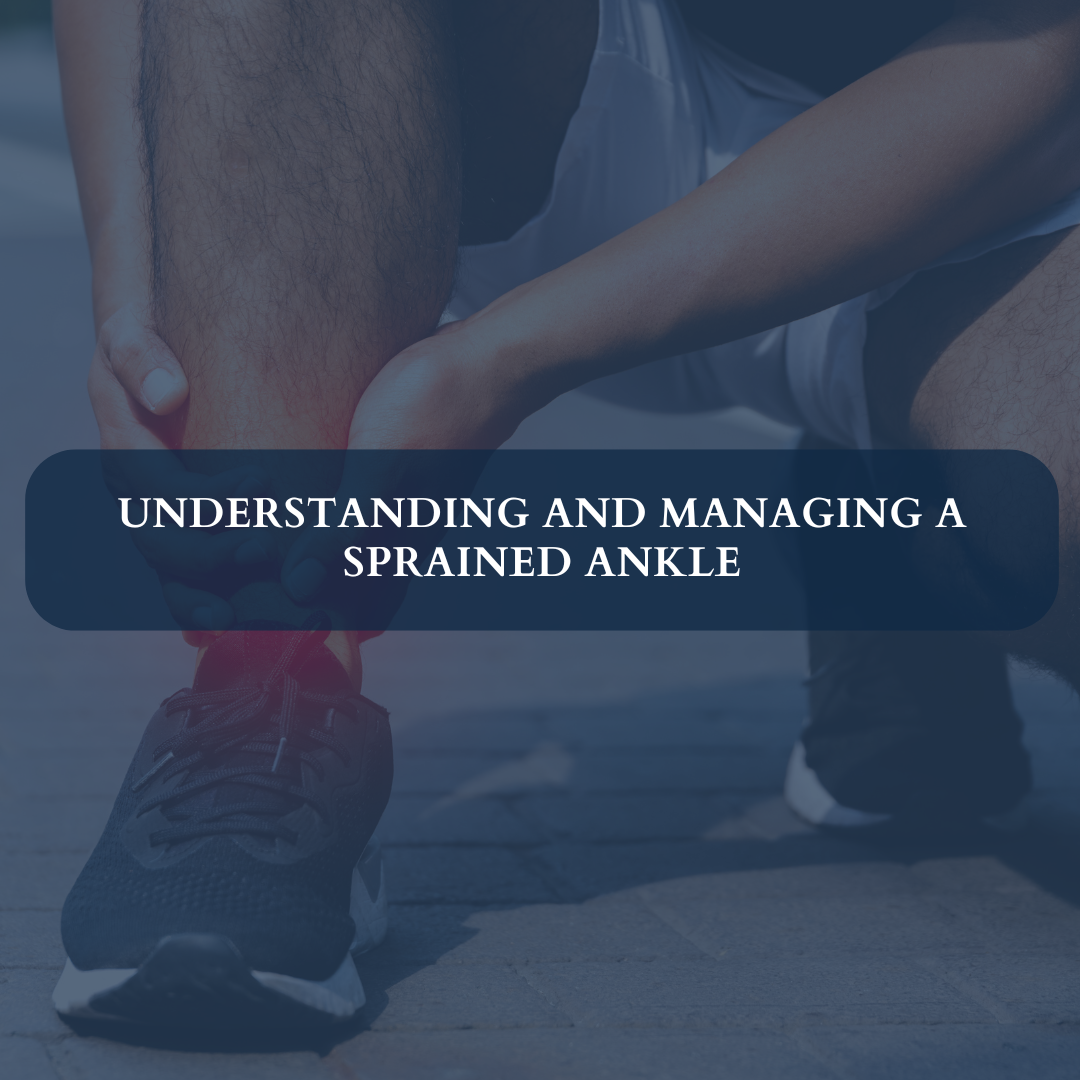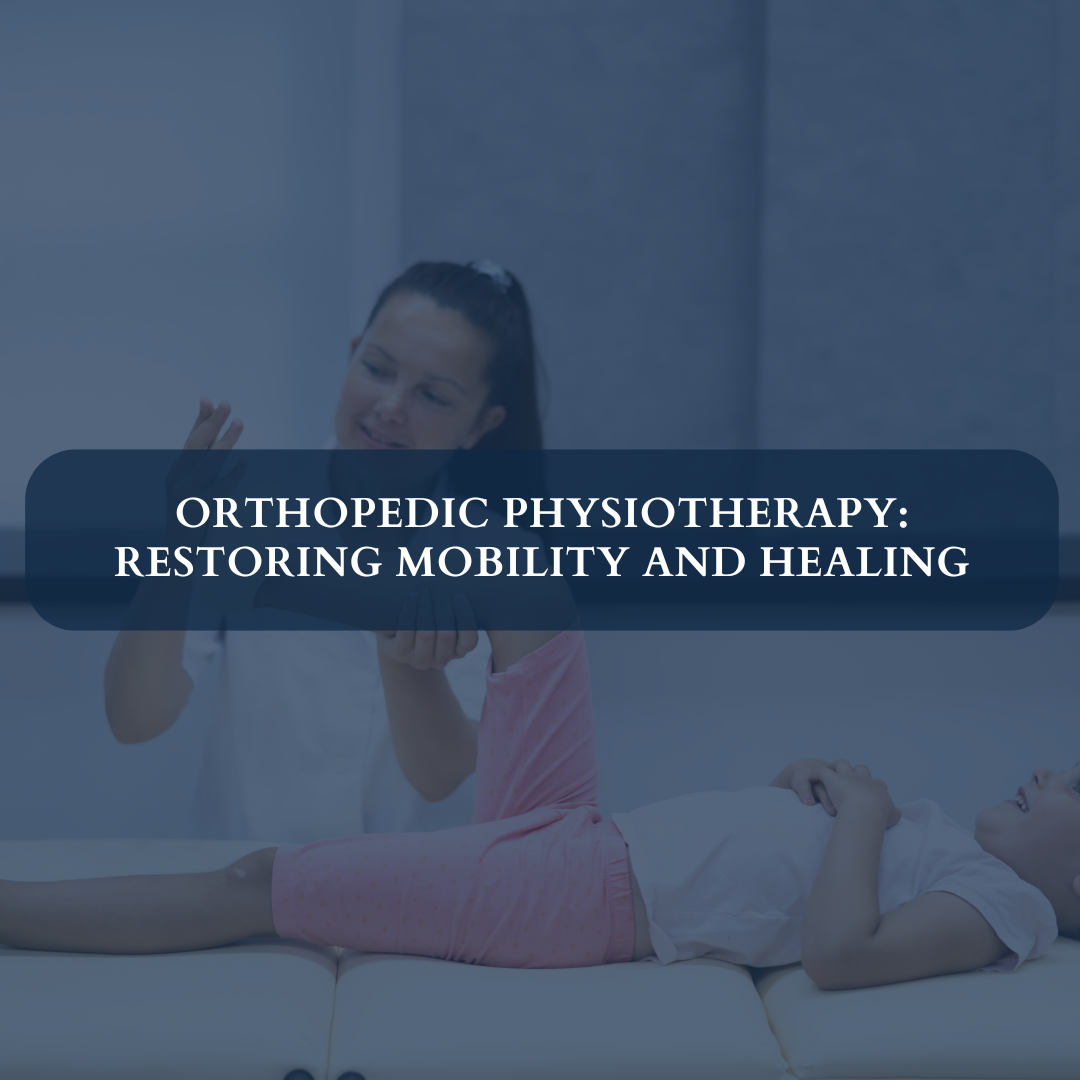This article is your compass for navigating the intricacies of sprained ankle recovery, ensuring you receive the right care. From understanding the nuances of this common injury to discovering the best rehabilitation exercises, SwastyaPhysio empowers you with the knowledge and tools needed for a thorough and successful recovery. Trust in our expertise as you embark on a path to renewed strength and mobility, turning the page on your sprained ankle journey with confidence and informed care.
Embark on a journey to heal your sprained ankle with SwastyaPhysio, where we offer valuable insights into sprained ankle symptoms, optimal treatment practices, and tailored rehabilitation exercises designed to restore strength and mobility effectively. Rehabilitation in a sprained ankle is vital as it helps you manage the pain and strengthen the ankle. This can ensure long-term benefits and help you live a quality life. In this guide, delve into the intricacies of sprained ankles, exploring symptoms and effective practices for rehabilitation with the expertise of SwastyaPhysio.”
What is a Sprained Ankle?
A sprained ankle occurs when the ligaments supporting the ankle stretch or tear, typically due to sudden twisting or rolling movements. Common symptoms include pain, swelling, and difficulty walking. Understanding the nuances of this injury is crucial for accurate diagnosis and effective treatment.
Types of Ankle Sprains
Ankle sprains are categorized based on the affected ligaments and severity. Inversion sprains, the most prevalent type, occur when the ankle rolls inward. Eversion sprains involve outward movement, while high ankle sprains affect the ligaments above the ankle. Recognizing the type of sprain is essential for tailored treatment.
Identifying Sprained Ankle Symptoms
Recognizing sprained ankle symptoms is vital for prompt intervention and optimal recovery. Common indicators include pain, swelling, bruising, difficulty bearing weight, and instability while walking. Prompt recognition allows for timely treatment and rehabilitation efforts.
How is a Sprained Ankle Diagnosed?
Diagnosing a sprained ankle involves a comprehensive evaluation by a healthcare professional. This typically includes a physical examination to assess symptoms and may involve imaging tests such as X-rays or MRI scans to assess the severity of the injury. Accurate diagnosis guides the formulation of an effective treatment plan.
Risk Factors of Ankle Sprains
Various factors contribute to the risk of ankle sprains, including previous injuries, inadequate footwear, participation in high-impact sports, and environmental factors like uneven terrain. Understanding these risk factors is essential for preventive measures and informed care.
Prior Ankle Injury
A history of ankle injury significantly increases the risk of future sprains. Weakened ligaments and altered biomechanics contribute to instability, necessitating adequate rehabilitation and preventive measures to minimize recurrence.
Sports Participation
Active participation in sports, particularly those involving sudden direction changes or jumping, elevates the risk of ankle sprains. Proper preventive strategies such as appropriate footwear, conditioning exercises, and risk mitigation techniques are crucial for injury prevention.
When to Seek Medical Attention
Consult a healthcare professional promptly if you experience persistent pain, swelling, or difficulty walking after a potential ankle sprain. Timely intervention aids accurate diagnosis and ensures effective treatment, minimizing the risk of complications.
Effective Treatments for a Sprained Ankle
Timely and appropriate care is essential for optimal recovery from a sprained ankle. Immediate measures such as the R.I.C.E. method (Rest, Ice, Compression, Elevation) help alleviate initial inflammation and pain. Medications and advanced treatments may also be utilized, depending on the severity of the injury.
Rehabilitation and Exercises for Ankle Sprains
Rehabilitation plays a crucial role in restoring strength and mobility after a sprained ankle. Progressive exercises focusing on mobility, strength, and proprioception are essential for comprehensive recovery. SwastyaPhysio offers tailored rehabilitation programs to facilitate a smooth recovery process.
Initial Recovery Exercises
Begin with gentle range-of-motion exercises such as ankle circles and toe taps to promote mobility. Progress to resistance exercises for strength and stability, gradually increasing intensity as tolerated. Balance and proprioceptive drills are incorporated to enhance coordination and prevent re-injury.
Strengthening and Flexibility Exercises
Focus on strengthening exercises targeting the muscles surrounding the ankle joint, including the calf muscles and peroneals. Incorporate flexibility exercises to improve range of motion and reduce stiffness. Advanced exercises like heel raises and balance challenges further enhance stability and function.
Balance and Control Exercises
Integrate balance and proprioceptive exercises to improve neuromuscular control and joint stability. Activities such as single-leg standing, tandem stance, and balance board exercises challenge coordination and enhance proprioception, reducing the risk of future injuries.
Protective Gear and Footwear
Selecting appropriate footwear and protective gear is crucial for preventing ankle injuries. Choose shoes with adequate arch support, cushioning, and stability features. Consider using ankle braces or supports during high-impact activities for added protection.
Conclusion
In conclusion, managing a sprained ankle requires a comprehensive approach that encompasses accurate diagnosis, timely intervention, and targeted rehabilitation. SwastyaPhysio is committed to providing you with the knowledge and tools necessary for a successful recovery journey. Trust in our expertise as you embark on the path to renewed strength and mobility.
Ready to explore your options for chiropractic and physiotherapy?
Contact SwastyaPhysio today to schedule a consultation and discover the best path to your wellness journey. We’re here to support your health every step of the way.
Banaswadi | HBR layout | Kalyan Nagar | Kammanahalli | Horamavu | Hennur





